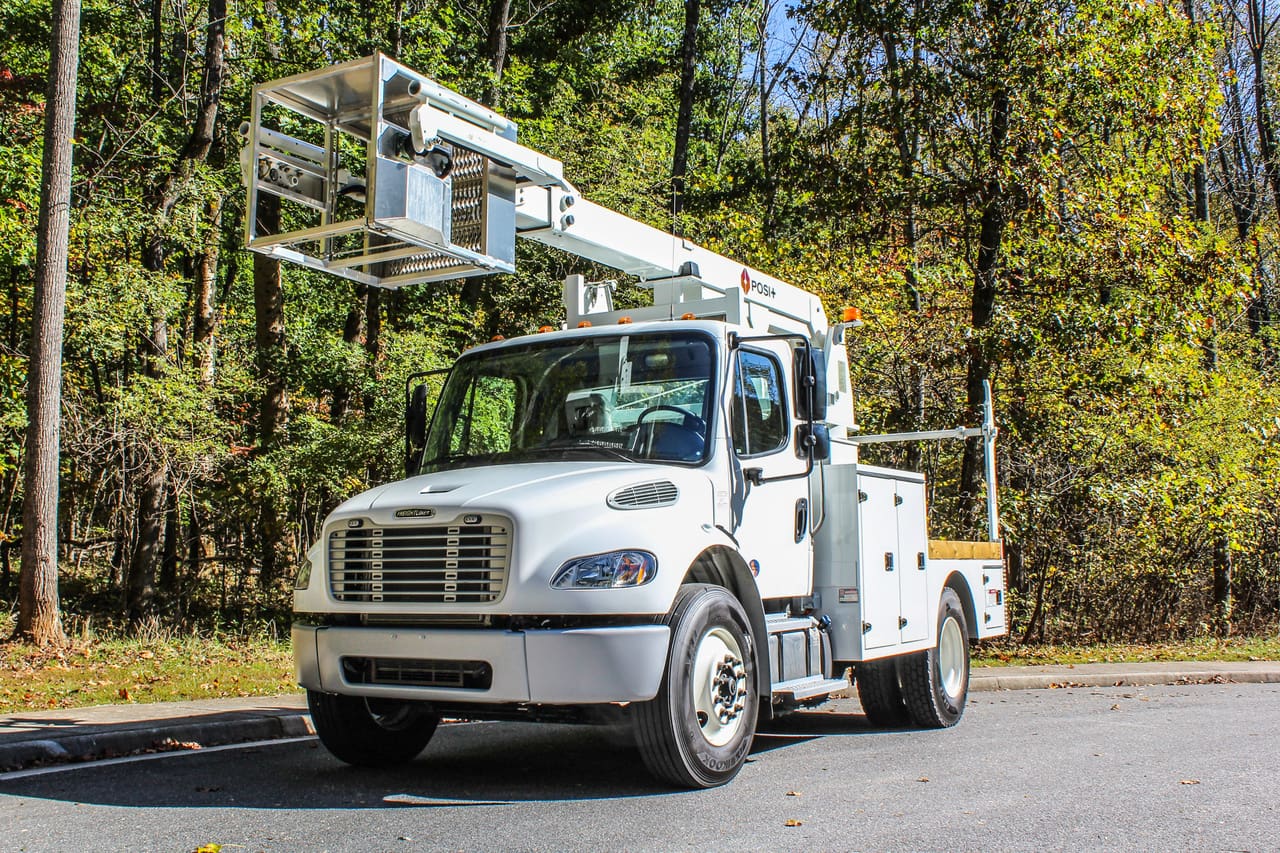
These days, everyone seems excited about the upgrade to their local 5G network. People involved in its expansion, however, are asking some serious questions. They include “How many customers need it?”, and “What equipment do I need?”.
Luckily, there is plenty of information out there for these people. This article will go over some of the information we currently have. Also, it should answer most questions others have about the process of expanding the network.
5G Today
With the introduction of the iPhone 12 and Pixel 5, people across the country are clamoring for 5G. Early-adopters have already made the switch and soon everybody else will follow.
Ignoring China’s attempts to leap forward with their first 6G satellite, 5G is the most advanced mobile network available. The 5G landscape is continuing to grow and does not yet even cover mainland U.S.A.
Still, the customer base must expand and, with it, the cable network. At present, many large cities are already connected to the network, but the suburbs and countryside are still spotty for coverage. Rural areas are vying for their piece of the pie, and cable companies are happy to provide.
Layer Cake
Over time the different providers have also expanded how they implement 5G. They are now using what they call a “Layer cake” approach. This uses different bands of 5G to send high, medium, and low-frequency messages to your device.
High-frequency communication is very data-intensive and perfect for speedy transfer. However, buildings and even windows easily block it. Lower-frequency data can reach further but transfers slower. This means many systems need implementation.
Early last year, some providers only had access to the low-frequency bands. Since then, customers are starting to see high-frequency bands due to infrastructure upgrades and mergers. These give them higher transfer rates across the country starting in major cities.
With customers using these high frequencies more, cable needs to no only be placed and activated, it also needs maintenance.
Tools for the Job
After an antenna gets approved by the community, it needs to go up. That, of course, requires the ability to raise a technician high enough to install it. Any company getting involved will need specialist equipment such as bucket trucks. These will help them get technicians to where they need to be, as well as cable placers for doing so on the move.
With the explosion of 5G across the country, companies have mobilized entire fleets of cable placers. This allows them to get the job done in a speedy and professional manner.
When installing the cables necessary to run a 5G antenna, some trucks have even been outfitted with specific equipment. This is capable of winching an entire reel higher so the individual at work can make use of it.
Reel Good Equipment
Still, 5G is potentially costing seven hundred and fifty billion to install worldwide over the next five years. Thus, it is important to ensure the process can be completed fast. It is not only that new cable requires installation, but companies must remove old cable as part of the process.
To assist with this, a recent development has revolutionized how fast companies can destroy and recycle cable. The Zeck Aluminum Separator (or ZAS) is a new piece of technology in the field built for this purpose. After reeling in an old cable, it can be wound through the ZAS where the machine separates steel and aluminum in the cable from one another. This allows the sale of both components without ruining their market value.
When it comes to the installation of cable, this is impossible to do by hand due to the immense weight of the metal. Instead, specialists use “Pullers” and “Tensioners” to do the heavy lifting.
Both of these use large reels to perform similar, albeit distinctly different tasks. Pullers are used to reel the cable from one location to another. This may be between poles, or even through underground pipes if necessary. Tensioners, however, ensure the cable is not slack during the process of affixing it to poles. After laying the cable, the tensioner can safely and slowly release the tension. The tensioner does this without danger to the equipment or technicians in control.
Both pullers and tensioners are precision pieces of equipment. Using them gives the technicians large degrees of control over the process. They are also sometimes combined into a single piece of equipment known as a “Puller-tensioner”.
Deeper Underground
Where extreme weather threatens the integrity of utilities, cables are instead placed underground. In these situations, technicians will perform all the same roles and need the same equipment with the addition of one thing: digging.
The technicians use high-pressure water from specialized trucks to dig large trenches and tunnels. This means laying the cable is a quick process. In addition, the trucks clear excess mud away to ensure the safety and comfort of all involved.
It may not be a clean job, but it beats re-laying miles of cable each year after tornado season.
5G Creeping Forward
5G continues to permeate our homes. As this continues we can expect data providers to compete with one another for the fastest networks.
For this, cable companies will continue to need purpose-built equipment. Not only to ensure the safety of its employees but for the swift installation of miles and miles of cable.
If you find yourself in this position, chances are you will need specific trucks and trailers at some point. Reach out to Custom Truck to see what they can do for you.



